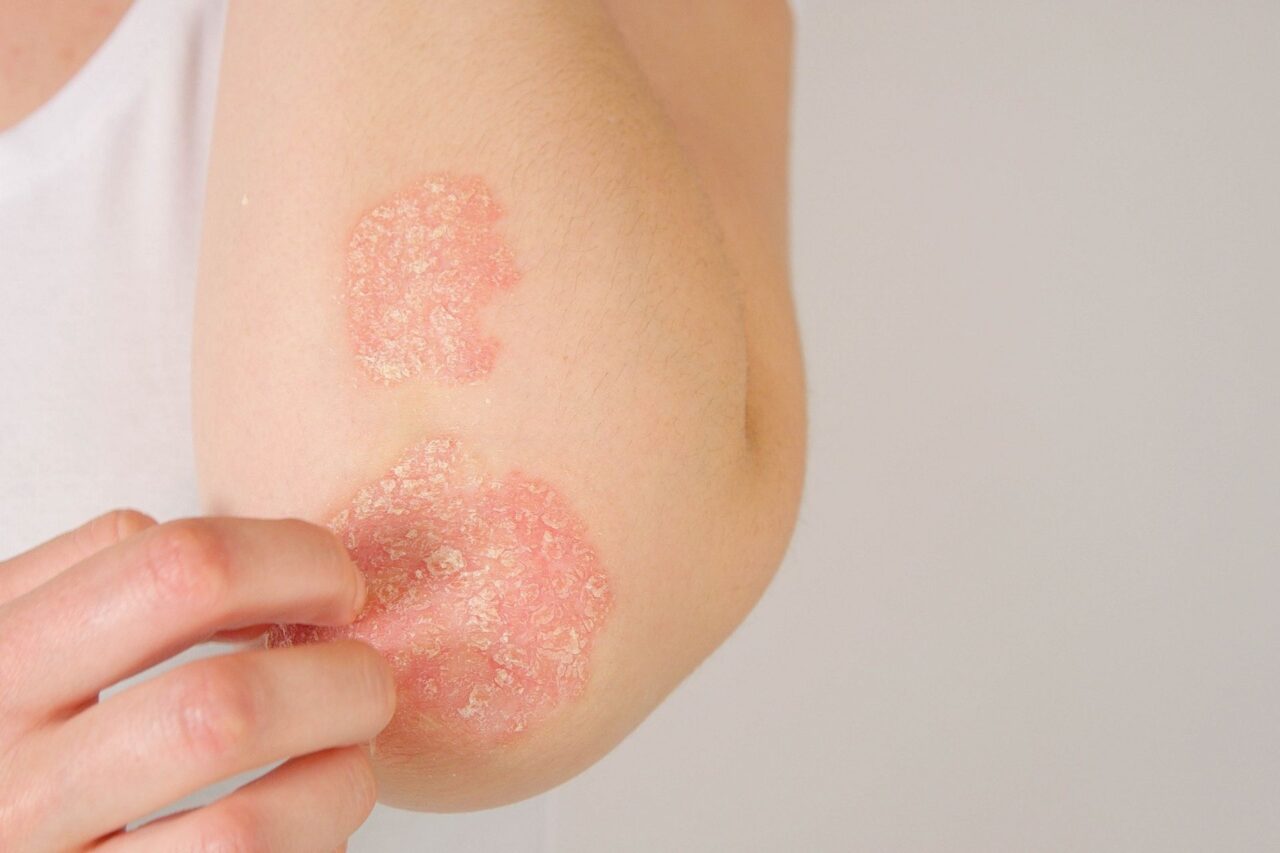Introduction
Welcome to a comprehensive guide on Diagnosing Reactive Perforating Collagenosis. In this article, we will delve into the intricacies of this skin disorder, exploring its symptoms, diagnostic methods, treatment options, and much more. Whether you’re a healthcare professional seeking in-depth knowledge or an individual dealing with this condition, this guide aims to provide you with the expertise and insights you need.

Diagnosing Reactive Perforating Collagenosis: A Comprehensive Guide
Reactive Perforating Collagenosis (RPC) is a rare but significant skin disorder that demands accurate diagnosis and prompt management. Understanding this condition is crucial, so let’s begin by breaking it down step by step.
What is Reactive Perforating Collagenosis?
RPC, a skin disorder that predominantly affects middle-aged individuals, involves the perforation of collagen fibers in the skin. These perforations lead to the extrusion of collagen through the epidermis, resulting in characteristic skin lesions.
Recognizing the Symptoms
- Itchy Papules: One of the hallmark symptoms of RPC is the presence of itchy, reddish-brown papules on the skin’s surface.
- Central Plugs: These papules often have central plugs, giving them a distinct appearance.
- Lesion Formation: Over time, the lesions can become vesicular or pustular and may develop a scaly crust.
Diagnosing Reactive Perforating Collagenosis: A Comprehensive Guide
Accurate diagnosis is the foundation of effective management. Here’s how RPC is diagnosed:
Clinical Examination
A dermatologist will conduct a thorough clinical examination, paying close attention to the appearance and distribution of skin lesions.
Histopathological Examination
A skin biopsy is often necessary to confirm the diagnosis. Histopathological examination reveals the perforation of collagen fibers through the epidermis.
Ruling Out Other Conditions
Similar skin conditions, such as prurigo nodularis or perforating dermatoses, must be ruled out to establish a definitive RPC diagnosis.
Treatment Options
Once RPC is diagnosed, appropriate treatment strategies are essential. Here are some options:
Topical Steroids
Topical steroids can help alleviate itching and inflammation associated with RPC lesions.
Phototherapy
Narrowband ultraviolet B (NB-UVB) phototherapy has shown promising results in managing RPC.
Emollients
Regular use of emollients can soothe dry and scaly skin, reducing the risk of lesion formation.
Avoiding Trauma
Preventing trauma to the affected areas is crucial to managing RPC. Scratching can worsen the condition.

FAQs
Q: Can RPC be cured completely? A: While RPC can be managed effectively, a complete cure may not always be possible. Treatment focuses on symptom relief and lesion control.
Q: Is RPC a hereditary condition? A: There is no strong evidence to suggest that RPC has a hereditary component. It is primarily associated with environmental factors.
Q: Are there any lifestyle changes that can help manage RPC? A: Avoiding hot baths, harsh soaps, and excessive scratching can contribute to better RPC management.
Q: Can RPC lead to complications? A: In severe cases, RPC can lead to secondary bacterial infections due to open lesions. Prompt treatment is essential to prevent complications.
Q: Is RPC more common in certain demographics? A: RPC can affect individuals of any demographic, but it is more commonly seen in middle-aged adults.
Q: Are there support groups for individuals with RPC? A: Yes, some online and local support groups can provide valuable emotional support and information sharing.
Conclusion
In this comprehensive guide, we’ve explored the world of Reactive Perforating Collagenosis (RPC) in detail. From understanding its symptoms to learning about diagnostic methods and treatment options, you now have a solid foundation to tackle this skin disorder effectively. Remember that seeking professional medical advice and adhering to prescribed treatments is essential. RPC may be rare, but with the right knowledge and care, it can be managed successfully.




